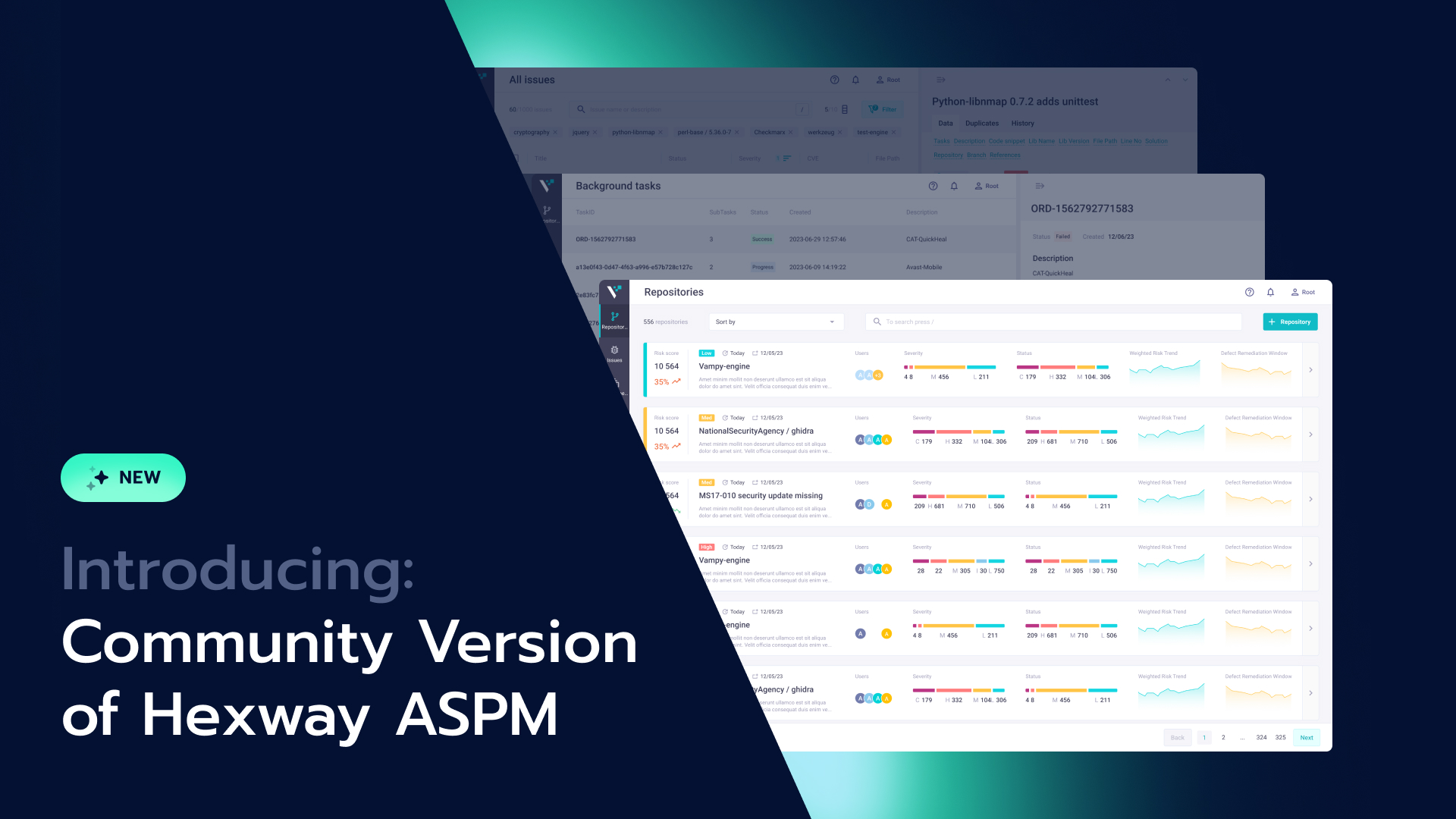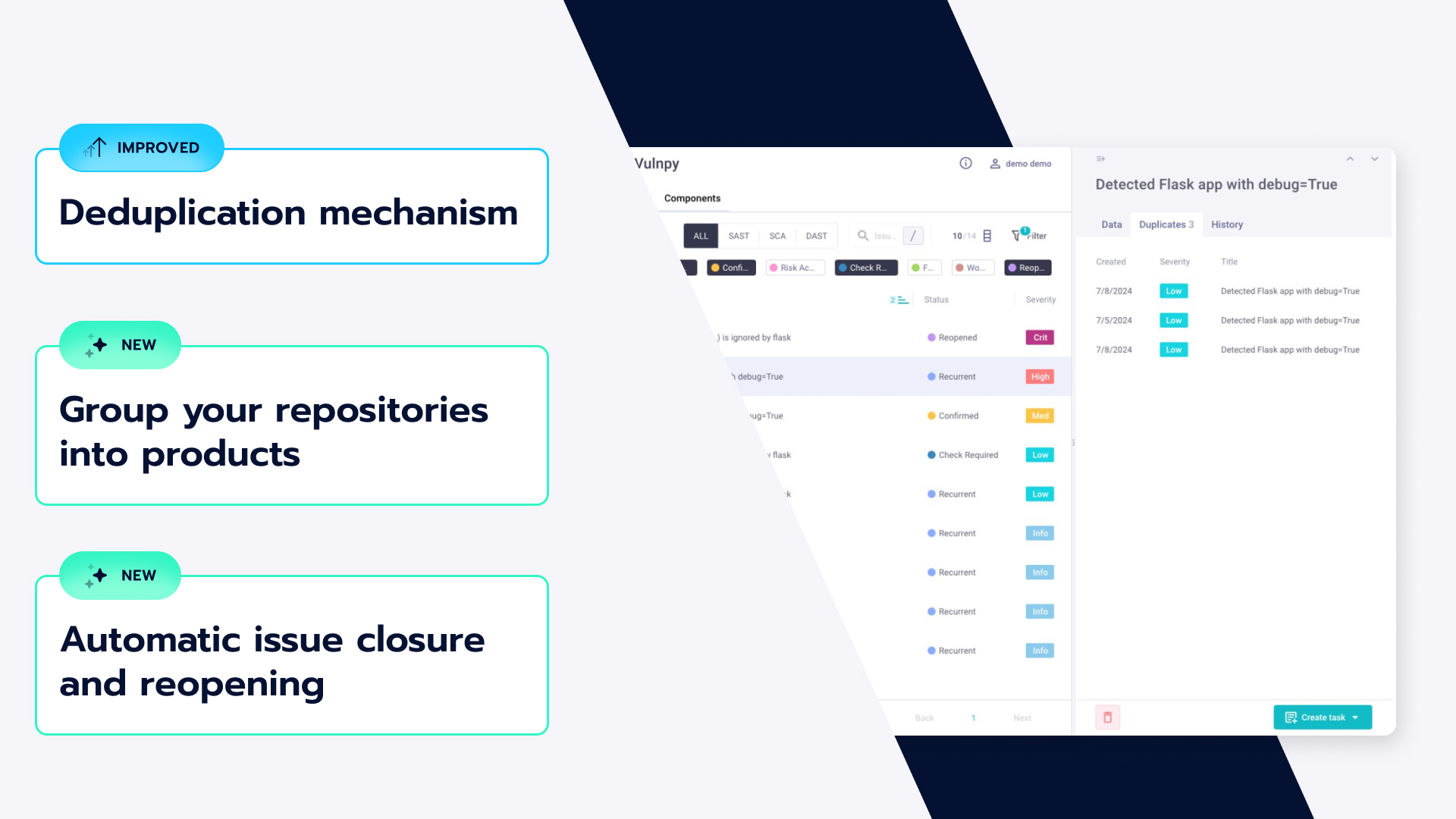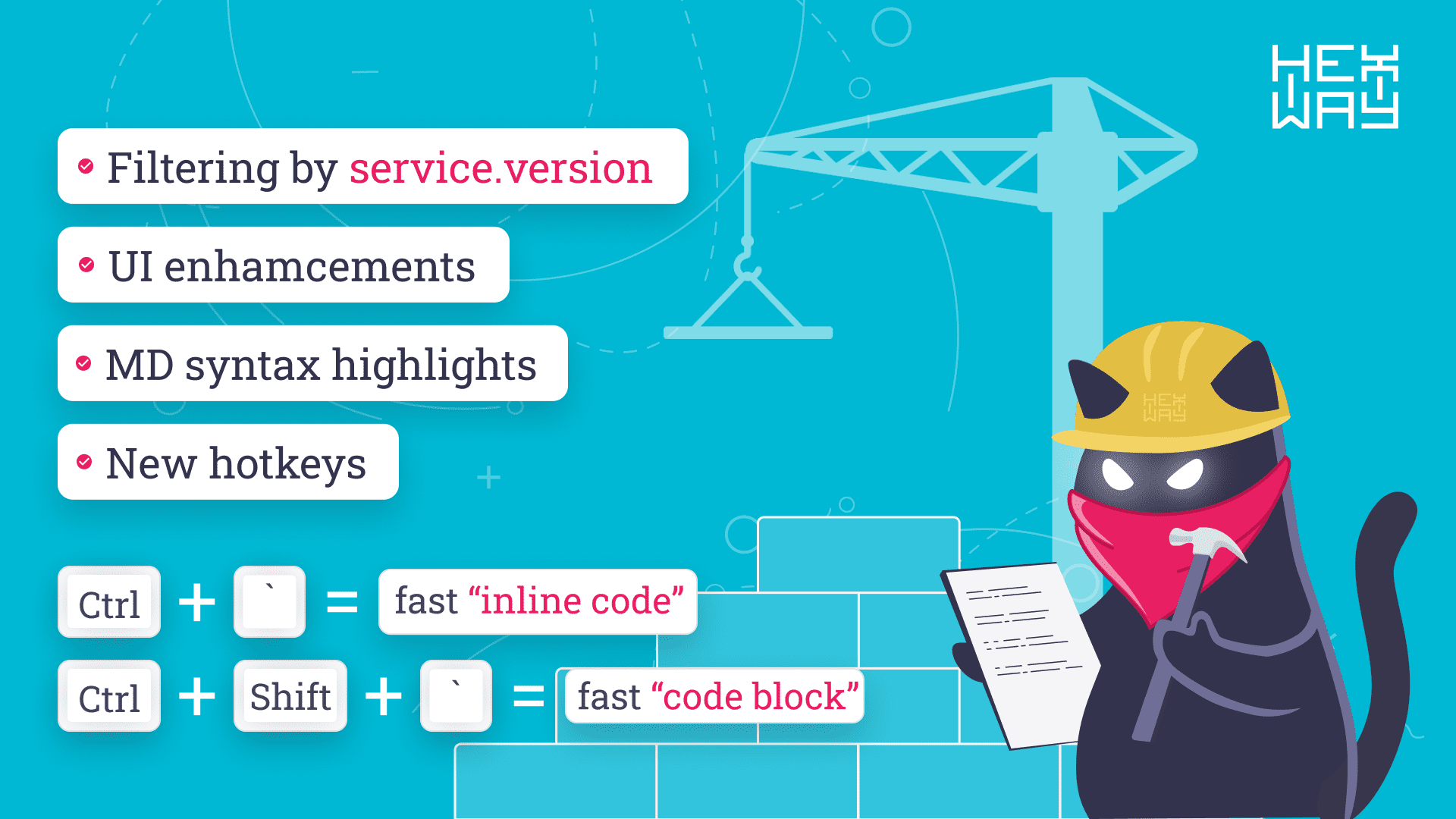Automating Pentests: How to Optimize Workflow and Save Time

Is it okay to rely heavily on automated tools to perform pentests? Or using tools beyond a certain extent can backfire? Let’s answer these questions in this article, as we explore the pros and cons of automating pentests with tools.
Pentesting is a crucial step in ensuring the security of software systems. As the demand for security professionals increases, so does the need for automation in the field. However, the question remains: can we rely heavily on automated tools to perform pentests, or will using them beyond a certain extent backfire? This article will explore the pros and cons of automating pentests with tools and how they can be optimized to save time and improve workflow.
The tools landscape
To benefit your work with additional gear, it’s essential to understand what tools there are. If you do not know what the tools are doing, you won’t be able to fit them into your workflow. Below are some categories of tools that are used widely throughout the pentest industry.
Information Gathering
Enumeration is a big part of pentesting and is one of the most automated. Gathering more information about possible assets to target leads to an increase in attack surface. Tasks like:
- DNS enumeration to find subdomains
- directory fuzzing to find hidden directories
- port scanners to find different services running on the server
- etc
are usually achieved through tools. DNSRecon, Nmap, and Ffuf are some of the popular tools in this category.
Vulnerability Scanners
These are significant to any VAPT (Vulnerability Assessment and Pentest) engagements. Tools like Acunetix and Nessus allow you to enter a set of targets, configure and schedule scans, and execute them. They help find low-level and compliance-related bugs:
- expired certificates
- insecure cryptographic algorithms
- plaintext creds
- and many more.
But sometimes, they do uncover high-severity and critical vulnerabilities that might be trivial to exploit but have disastrous consequences.
Automated Exploitations
A new set of tools is emerging that aims to automate the exploitation part of bugs. Project Discovery’s Nuclei is one such tool, which boasts features like
- automating exploitations of popular CVEs
- subdomain takeovers
- SSRFs
- and many more.
These tools fit right in with your pentest lifecycle, improving overall efficiency.
Reporting
Pentests generate a lot of data and how it is managed is crucial in determining the efficiency of the pentest. Automated gathering, categorization, and reporting of data is one thing that takes a major workload off the shoulders of pentesters. This also leads to better communication between the clients and security teams. Tools like Hexway Hive, plug right into your PTaaS lifecycle and services, to consolidate everything, and have two-way communication between pentesters and developers, which in turn helps for quick fixing of bugs and better overall security.
It’s important to understand that having just a gear doesn't guarantee success. The most crucial step is to have a strategy. Let’s see how you can optimize your current pentest workflow without additional pains and costs.
How to optimize your pentest workflow?
Pentesters can use the above tools to perform tasks that do not need their involvement while they are busy with more important tasks. However, if the reliance on tools is more than necessary, it can hinder the performance of top-notch pentests. Here are some tips to optimize your workflow and save time:
- Focus on Business Logic Bugs: While tools might be able to catch apparent bugs. These most critical vulnerabilities can cause significant impacts are discovered by going over all the functionalities of an application manually. Understanding the flow of data, how it can be manipulated, and then exploiting the said flow is something that is not possible to automate properly. Business logic bugs are a category of vulnerabilities that need a lot of tinkering, trial, and error, and learning from failures to succeed in exploit attempts.
- Minimize False Positives: The automated usage of tools generates a lot of data, most of which is garbage. Unless automated tools are fine-tuned to give the best result according to the situation, they produce a lot of false positives. It adds overhead work as pentesters must sift through everything to find valuable nuggets. Therefore, it is essential to fine-tune the tools to minimize the number of false positives.
- Embrace Pentest Automation: Automated tools can help streamline the process, increasing efficiency, and decreasing the workload of pentesters. However, it is essential to use the right tools in the right situation, know when to rely on automation, and when to switch to manual testing.
- Use Hexway Hive & Apiary: Yeah, it's one of the most potent pentest automation tools that help pentesters to start providing PTaaS without additional costs or techs. Just install it on your servers, and you're all set!
Conclusion
Some things are good when they are used as a supplement to a process and do not replace the complete process. Automation tools for pentesting are like that, beneficial when used in moderation as something that helps facilitate the process. Still, over-reliance and just using automated tools might lead to undesirable results.
There is a lot that is lacking in tools as of now. The need for context while working on pentests is extremely important, which is possible with human pentester. Maybe the AI will develop enough to have intelligent tools, but that day doesn’t happen anytime soon. Tool dependency has plagues the cybersecurity vendor industry, where pentest companies are giving a simple automated scan in the name of “vulnerability assessment” and on top of that, they ask for a hefty amount of sum.












